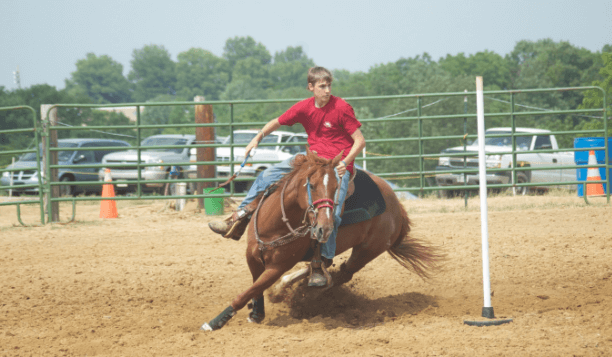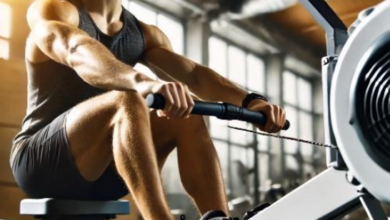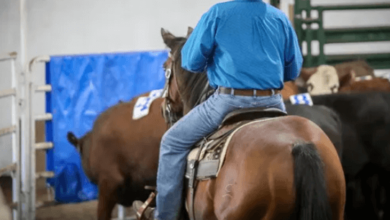What is the correct way to execute pole bending?

Understanding Pole Bending: An Introduction to the Sport
Pole bending is a dynamic and thrilling timed event often seen at rodeos, gymkhanas, and horse shows. It involves a horse and rider weaving through a series of six poles arranged in a line. Each pole is typically six feet high and placed 21 feet apart. This sport tests the agility, speed, and coordination of the horse and the skill of the rider.
Essential Equipment for Pole Bending
To start pole bending, certain equipment is essential for both horse and rider safety and performance. This includes a well-fitting saddle, sturdy pole bending poles, proper horse footwear to prevent slips, and a suitable riding helmet. Ensuring that your equipment is in good condition is crucial for preventing accidents and enhancing performance.
The Basics of Pole Bending: Setting Up the Course
Setting up the pole bending course correctly is fundamental. The six poles should be exactly 21 feet apart and securely placed so that they do not easily tip over. Properly measuring the distance between each pole is critical for fair competition and to maintain the standard required by most competitive organizations.
Training Techniques for Horse and Rider
Training for pole bending begins with basic horsemanship skills and gradually introduces the horse to the poles. Start by walking the horse through the poles at a slow pace to familiarize them with the course. Gradually increase the speed as both the horse and rider become more comfortable and confident.
Mastering the Start in Pole Bending
A good start is vital in pole bending as it sets the pace for the entire run. Riders should focus on a straight approach toward the first pole and establish a rhythm that the horse can maintain throughout the course. Timing the acceleration is essential to ensure the horse enters the poles at an optimal speed.
Executing the Weave: Techniques for Success
The weave is the most critical part of pole bending. Riders should maintain a slight lean into the turn to help guide the horse around each pole. It’s important to stay centered over the horse to keep it balanced. Precision in turning and maintaining an even pace between the poles can significantly affect the overall time.
How to Approach the Turnaround Pole
At the end of the line of poles, making a smooth and efficient turnaround is crucial. The rider should guide the horse to turn tightly around the final pole without knocking it over, then accelerate back through the poles. This move requires practice to perfect the balance between speed and control.
Improving Speed in Pole Bending
Increasing speed is a gradual process in pole bending. As the horse and rider become more adept at navigating the poles, they can start to increase their speed. It’s important to do this incrementally to avoid mistakes that can arise from going too fast, such as knocking over poles or missing turns.
Common Mistakes and How to Avoid Them
Common mistakes in pole bending include knocking over poles, veering off course, and misjudging turns. These can be minimized with consistent practice, focusing on technique, and learning from each run. Reviewing video footage of training and competition can also provide valuable insights into areas needing improvement.
Competing in Pole Bending: Tips for Event Day
On the day of a pole bending event, ensuring that both the horse and rider are well-prepared is key. This includes a proper warm-up, a review of the course, and maintaining a calm and focused demeanor. Understanding the rules and requirements of the competition can also prevent penalties and improve performance.
Advanced Strategies for Competitive Pole Bending
As competitors advance, they can begin to incorporate more complex strategies into their runs. This includes fine-tuning turns, optimizing the horse’s stride patterns, and perfecting the timing of accelerations and decelerations.
Maintaining Horse Health and Fitness for Pole Bending
Maintaining the horse’s health and fitness is essential for success in pole bending. Regular veterinary check-ups, a nutritious diet, and a consistent exercise regimen help keep the horse in top condition. Adequate rest and recovery time are also crucial to prevent injuries.
Conclusion: The Art of Pole Bending
Pole bending is not just a test of speed but a demonstration of partnership and skill between horse and rider. By mastering the techniques and strategies discussed, riders can enjoy and succeed in this exciting equestrian sport. Consistent practice, proper equipment, and a deep understanding of one’s horse are the keys to excelling in pole bending.







